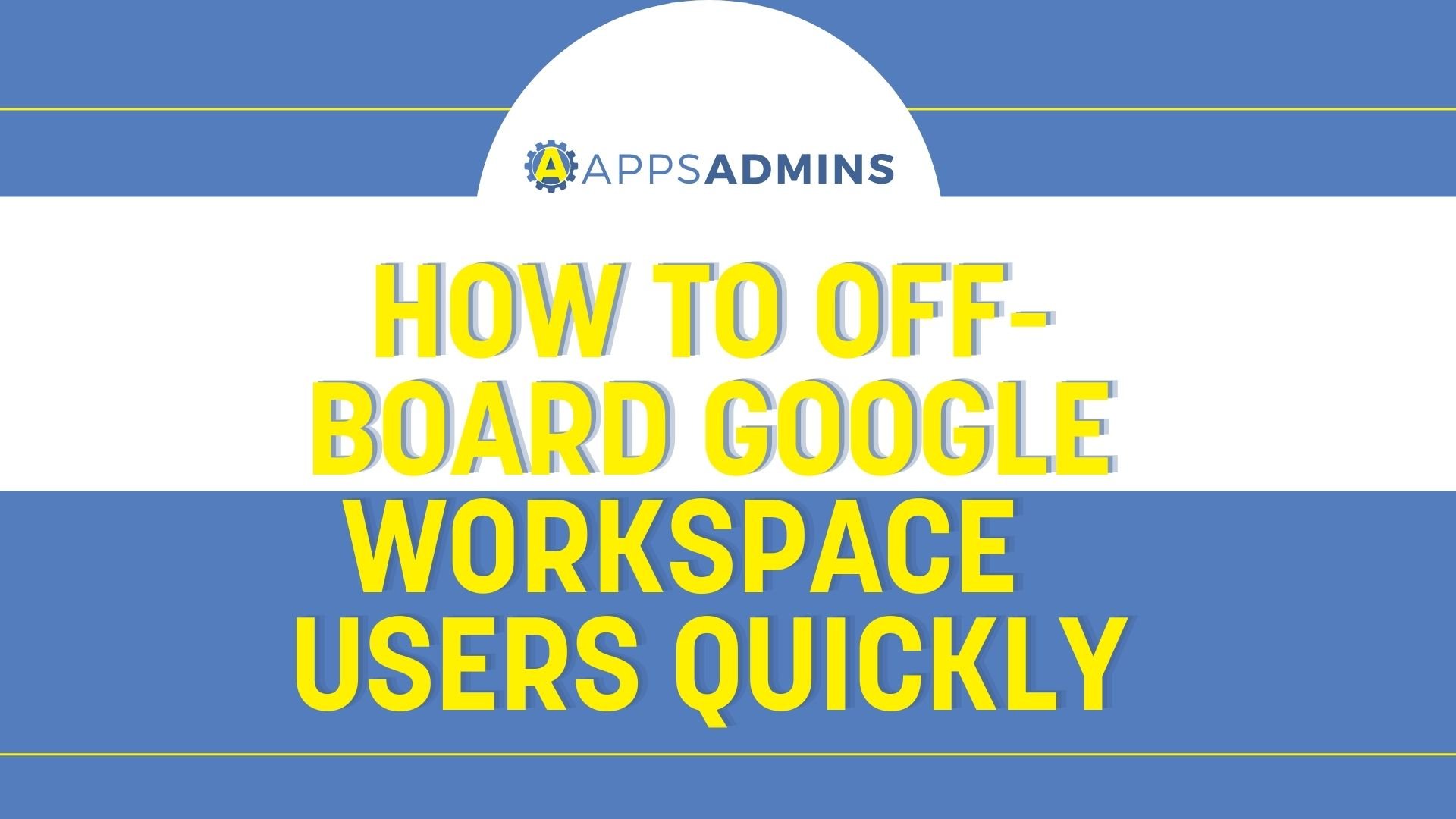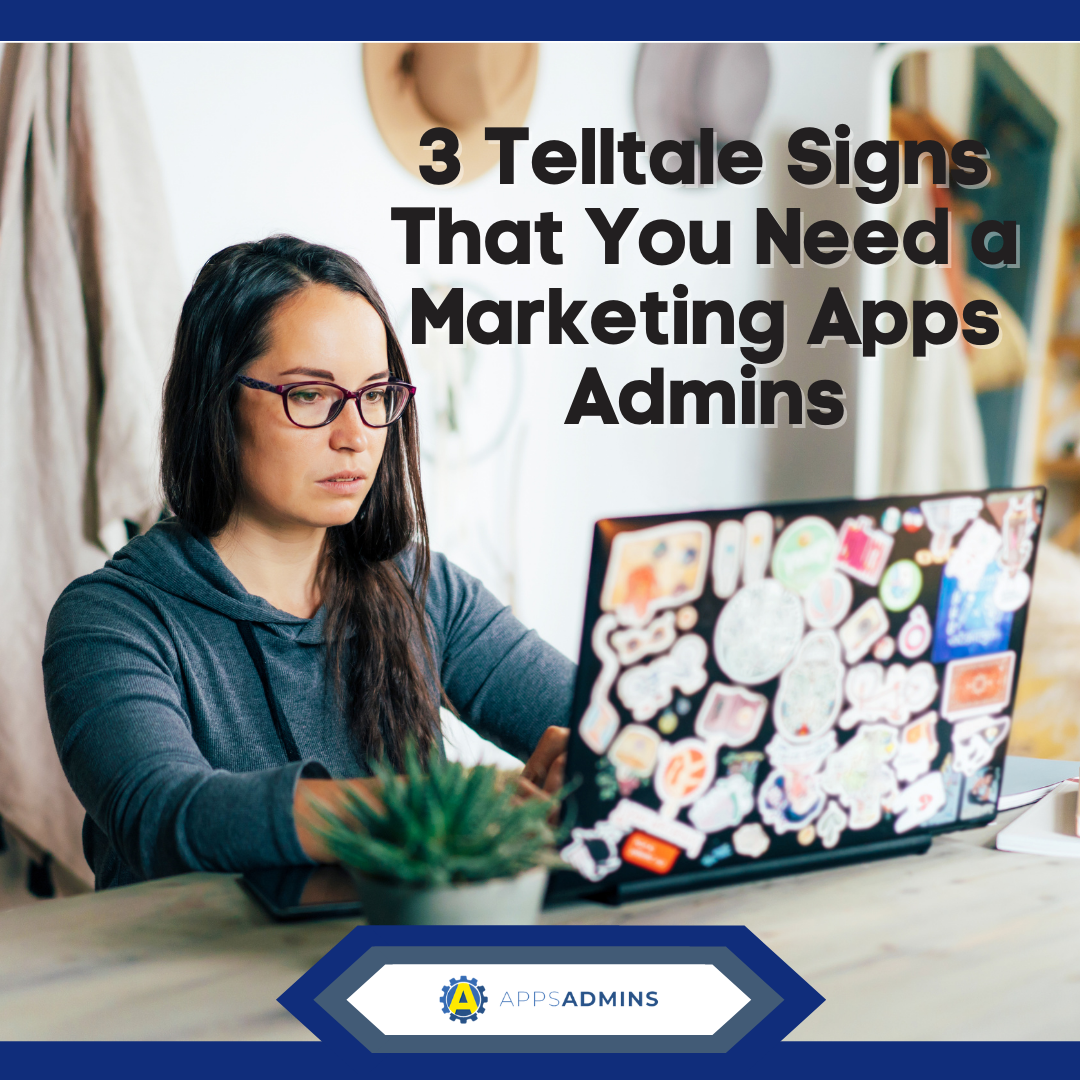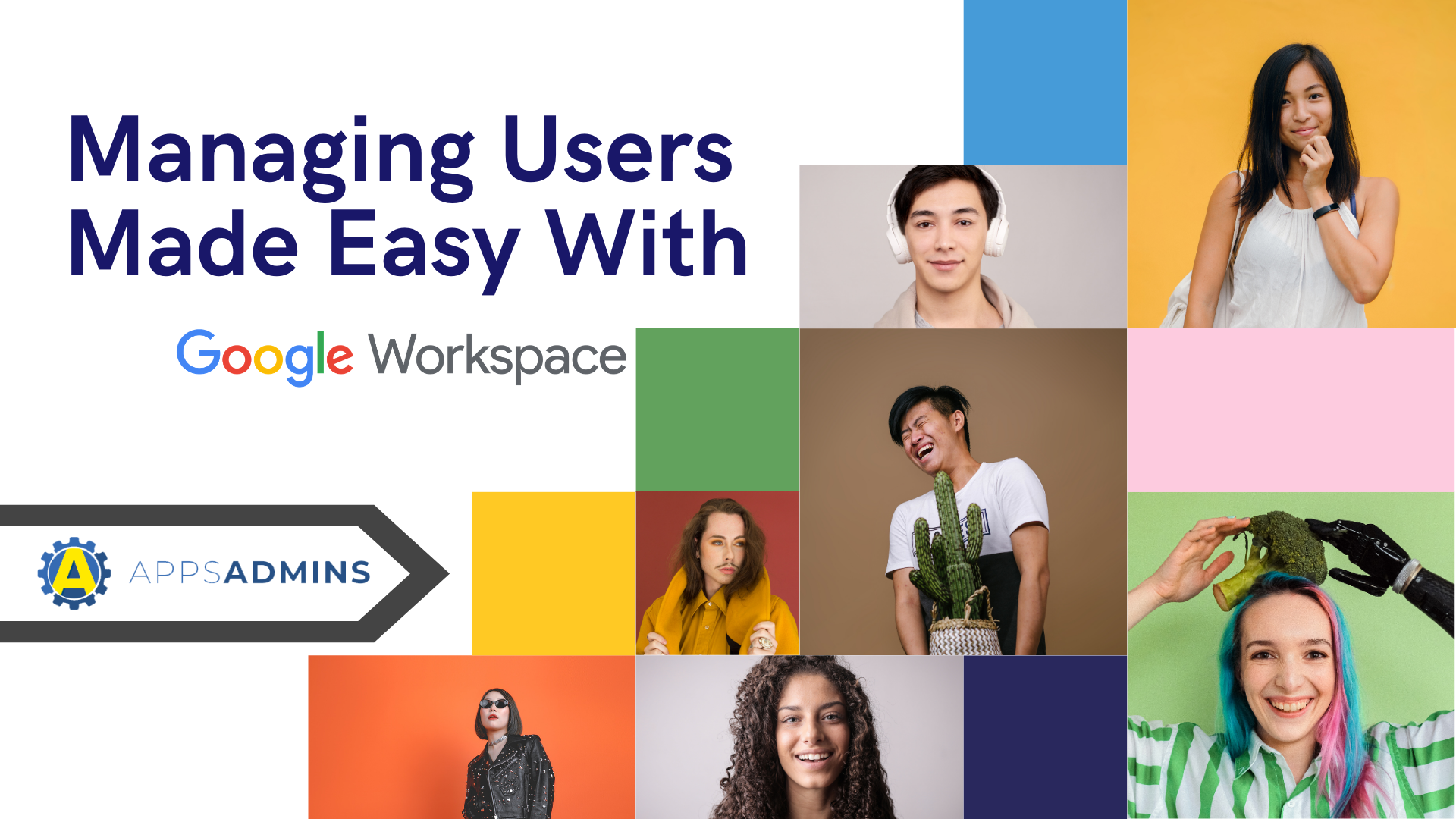G Suite Business Free for 30 Days
Sign up for a Free 30 Day Trial of G Suite Business and get Free Admin support from Google Certified Deployment Specialists.


Bringing new technology into a school can come with a high price tag. With restricted budgets, this can be an obstacle to providing new learning tools to students. Rather than letting money be a roadblock, use the updated guide below to find out how you can secure funding for Chromebooks and the costs that come with them.
Start with an Initial Budget for technology
As we discussed in the original Chromebook Grants & Resources Guide, you'll want to start by making a budget and determining how much funding you'll need to cover all of the costs. Having a well thought out budget will be the key to making your case when applying for grants, or even approaching school administration about allocating funds to your project.
When creating your budget, look beyond the cost of the Chromebooks themselves, and consider the following costs as well.
-
Apps and Programs: Google is continuing to develop incredible apps and programs that can be used to enrich the classroom experience. Some can be purchased for a flat fee, while others will require a subscription. Factor those costs into your budget to be sure you can use your technology to the fullest.
-
Tech Maintenance: Even the most well made products will need to be maintained to stay in working order. This is especially true in classrooms, where many different students will be sharing devices.
-
Admin Consulting: While technology can be an advantage to every school, there often isn't one person who can dedicate their time to keeping up with updates and issues. That's where admin services come in. Factoring admin services into your budget will allow you to use the technology day to day with less stress and headaches.
Know the Advantages of Chrome Device Management in Education
If you're passionate about bringing tech to the classroom, you probably already have a long list of reasons to secure Chromebooks for your school. Brushing up on the advantages of using Chromebooks for students and teachers can help you make your case when reaching out for funding. Here are a few points to get you started.
-
Web based management tools allow administrators to set up and manage all of the school's Chromebooks from an easy to use platform.
-
Students and teachers can have access to digital textbooks, ensuring that information being taught is accurate and up to date.
-
With technology in the classroom, access to educational tools is limitless. You can use Chromebooks to stream webinars, invite guest speakers via video chat, and connect with students across the world with blogging and message boards.
-
Teachers will benefit from collaboration tools, like Google Docs, to create lesson plans and joint projects. Streamlining technology makes it easy to create, share, and access information.
Find Funding Options for Chromebooks for Schools
In our previous guide, we shared some of the places that educators and administrators can go to find funding for classroom technology. We've heard back from many people who successfully secured funding and were able to provide Chromebooks and Google apps to their students. Below, we're revisiting some of those options and sharing additional resources for those who are looking for funding.
Grant Databases
Using a grant database, which is typically free and easy to use, will give you access to a wide variety of available grants. Search features often let you narrow down your search to focus on educational grants and even those that are specific to your location. Start your search with the Foundation Center, Get Ed Funding, and Grant Wrangler. Each of these databases have links to hundreds of grant options, as well as resources to help you along the way.
Corporate and Foundation Grants
When you have the time to research and pinpoint grants that are a great match, your effort will be well worth it. Businesses and foundations often provide grant funding in specific areas, like STEM courses or the arts, and frequently look for ways to give back to schools in their geographic area. For example, Target gives grants to schools in communities that have Target stores. Toshiba offers individual grants for both K-5 classrooms and 6-12 classrooms.
Tip: Look for businesses with a headquarter location near your school. Go to their website and look for a page about corporate responsibility, where you'll be most likely to find grant information.
Online Fundraising
Previously, we shared information about crowdsourcing. Today, online fundraising has grown to become the top funding option for many schools and programs. In addition to Donors Choose and Kickstarter, social media has become an incredible way to make friends, family, and community members part of the fundraising process. Facebook, for example, has made it easy to accept donations and send updates to funders.
Technology is always evolving, and so are the options for bringing it to the classroom. Build your fundraising plan and make technology accessible to your students.
.jpg?width=818&name=appsadmins-svg-rules-1%20(2).jpg)







